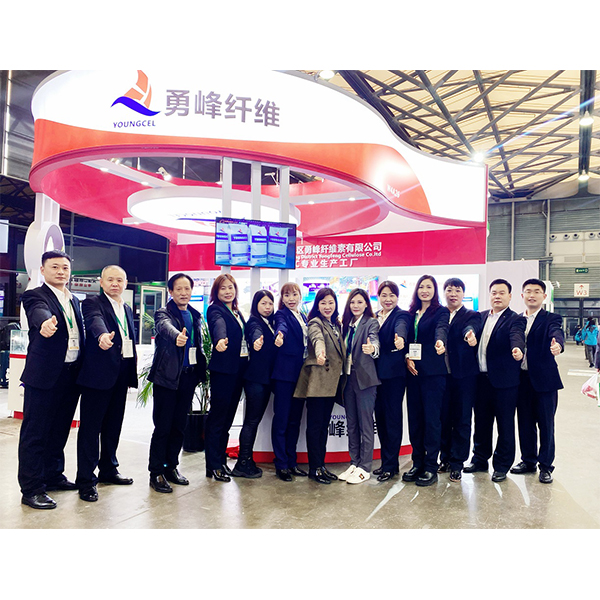HPMC Manufacturing A Comprehensive Overview
Hydroxypropyl Methylcellulose (HPMC) is a versatile pharmaceutical excipient derived from cellulose, widely recognized for its unique properties and applications across various industries. Its manufacturing process is crucial for ensuring high quality and purity, which directly impacts its performance in different formulations. This article examines the key aspects of HPMC manufacturing, the factors influencing its quality, and its diverse applications.
The Manufacturing Process of HPMC
The production of HPMC involves a series of well-defined steps that convert natural cellulose into this functional derivative. The process begins with the extraction of cellulose from plant materials, primarily wood or cotton. This cellulose is then treated with propylene oxide and methyl chloride in a controlled environment to achieve hydroxypropyl and methyl etherification.
The critical parameters of the reaction, such as temperature, time, and concentration, must be meticulously monitored. After the etherification reaction, the HPMC solution is purified to remove any unreacted chemicals, by-products, or impurities. This purification often involves precipitation, centrifugation, and washing with solvents, followed by drying. The resulting product is then milled and screened to achieve the desired particle size.
Quality Control Measures
Quality control is a fundamental aspect of HPMC manufacturing. Given its application in pharmaceutical formulations, the final product must adhere to stringent regulatory standards. Various analytical methods, including chromatographic techniques and spectroscopy, are employed to assess the purity and consistency of HPMC batches.
One of the key quality attributes of HPMC is its viscosity, which can be tailored by adjusting the degree of substitution during manufacturing. Different grades of HPMC are available with varying viscosity levels, allowing formulators to select the most appropriate type for their specific application. Regular stability tests and microbial evaluations are also conducted to ensure the safety and efficacy of HPMC in end products.
hpmc manufactur

Applications of HPMC
HPMC is utilized across a vast array of industries, most notably in pharmaceuticals, food, and construction. In the pharmaceutical sector, HPMC serves multiple roles as a binder, film-forming agent, and controlled-release matrix. Its ability to form gels and retain moisture makes it ideal for tablet formulations, improving the bioavailability of active ingredients.
In the food industry, HPMC acts as a thickening and emulsifying agent, contributing to texture and stability in various products such as sauces, dressings, and baked goods. Its non-toxic nature and approval for consumption make it a favorable choice for food manufacturers aiming for cleaner labels.
HPMC is equally significant in construction, where it is used in cement and mortar formulations. It enhances workability, improves adhesion, and prolongs the open time, allowing for better manipulation and finishing of the applied materials.
The Future of HPMC Manufacturing
As industries increasingly seek sustainable and environmentally friendly materials, the demand for HPMC is poised to grow. Innovations in manufacturing processes, including green chemistry approaches and the use of renewable resources, are expected to enhance production efficiency and reduce environmental impact.
In conclusion, HPMC manufacturing is a complex process that combines chemistry and engineering techniques to produce a multifunctional compound with widespread applications. Its significance across various fields underscores the importance of maintaining high-quality standards and adapting to market needs, ensuring that HPMC remains a crucial ingredient in the future of pharmaceuticals, food, and construction.
-
Rdp Powder: Key Considerations for Wholesalers in the Building Materials IndustryNewsJul.08,2025
-
Key Considerations for Wholesalers: Navigating the World of Hpmc - Based ProductsNewsJul.08,2025
-
Hpmc Detergent: Key Considerations for WholesalersNewsJul.08,2025
-
Key Considerations for Wholesalers: China Hpmc For Tile Adhesive, Coating Additives, Concrete Additives, and MoreNewsJul.08,2025
-
Crucial Considerations for Wholesalers: Navigating the World of Construction MaterialsNewsJul.08,2025
-
Key Considerations for Wholesalers Sourcing Additive For Cement, Additive For Concrete, Additive For Putty from Additive Manufacturer Shijiazhuang Gaocheng District Yongfeng Cellulose Co., Ltd.NewsJul.08,2025




